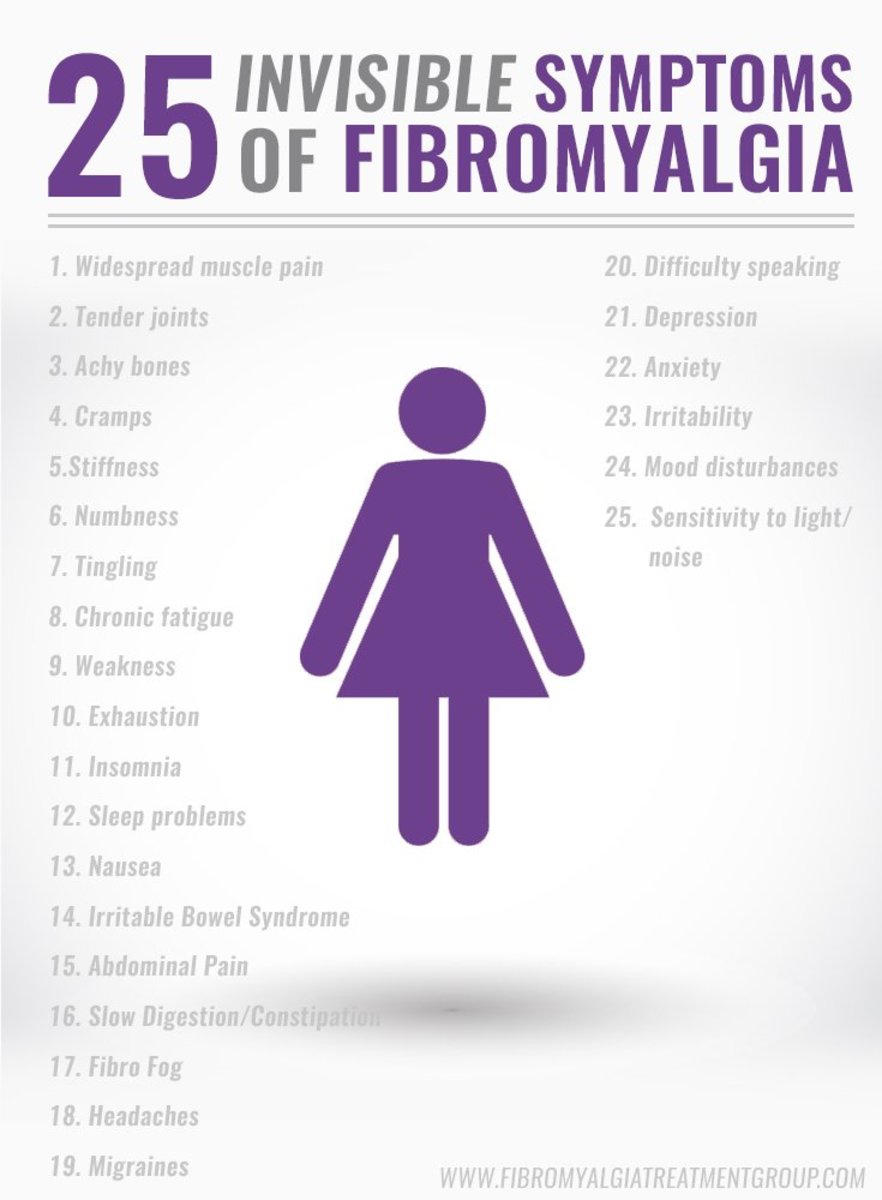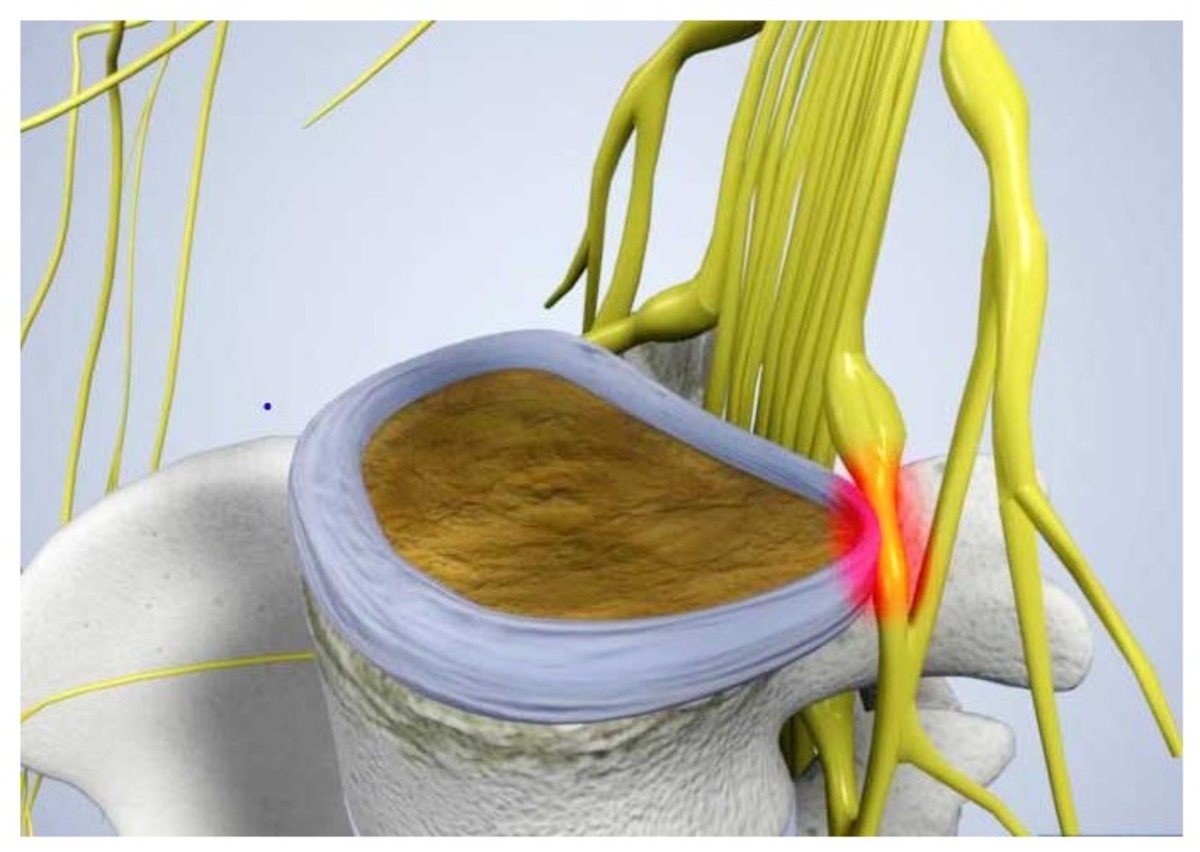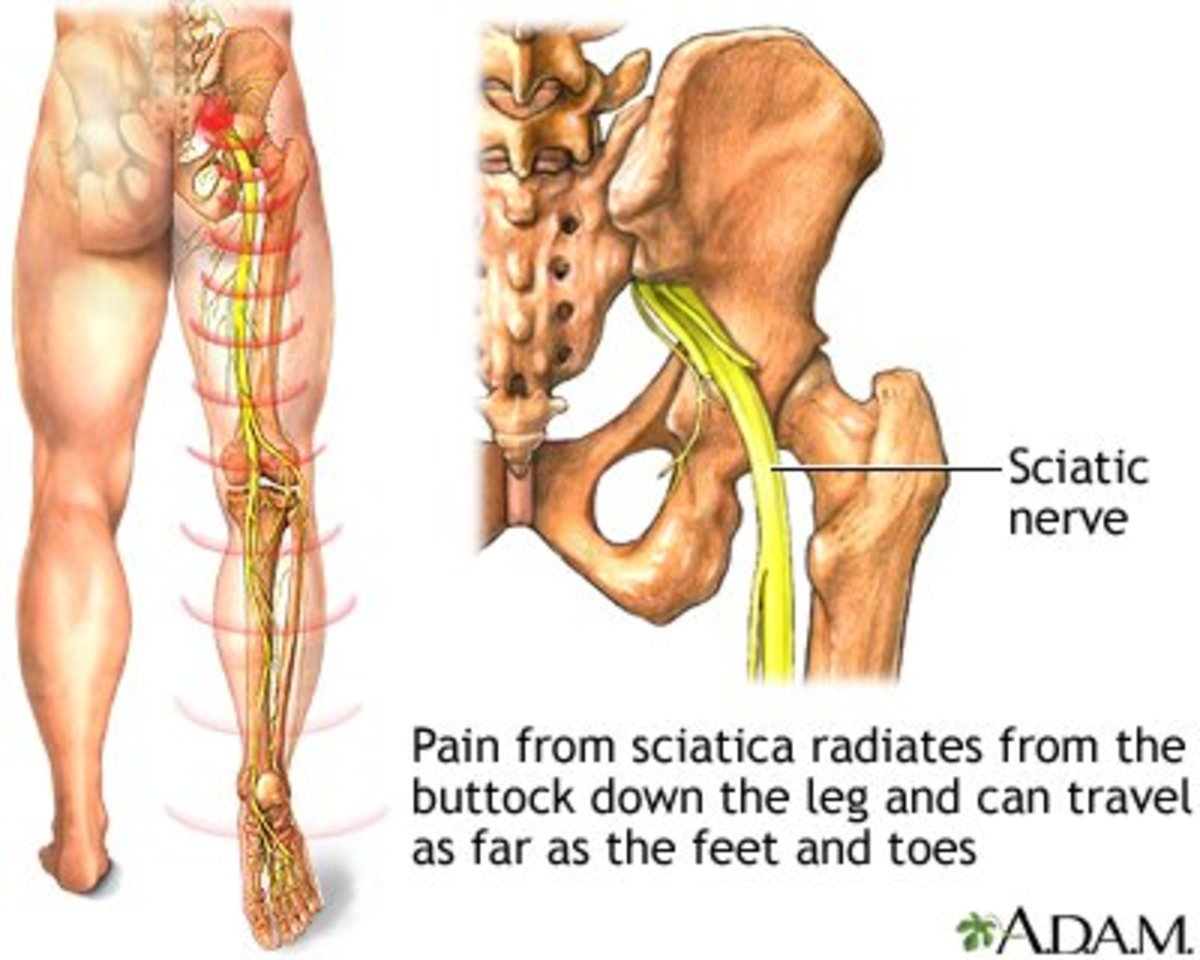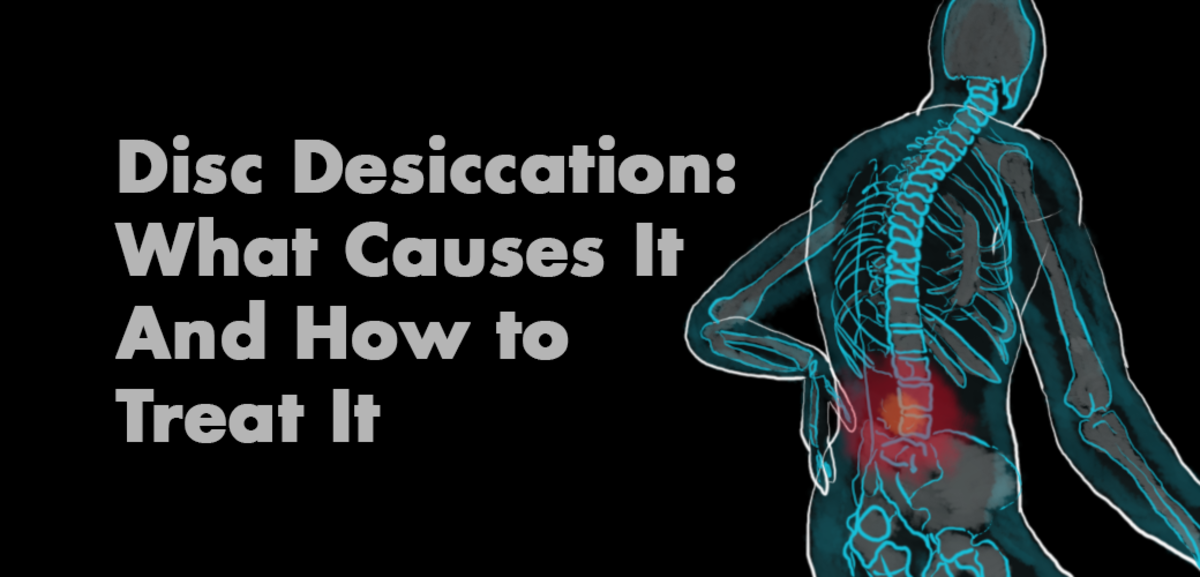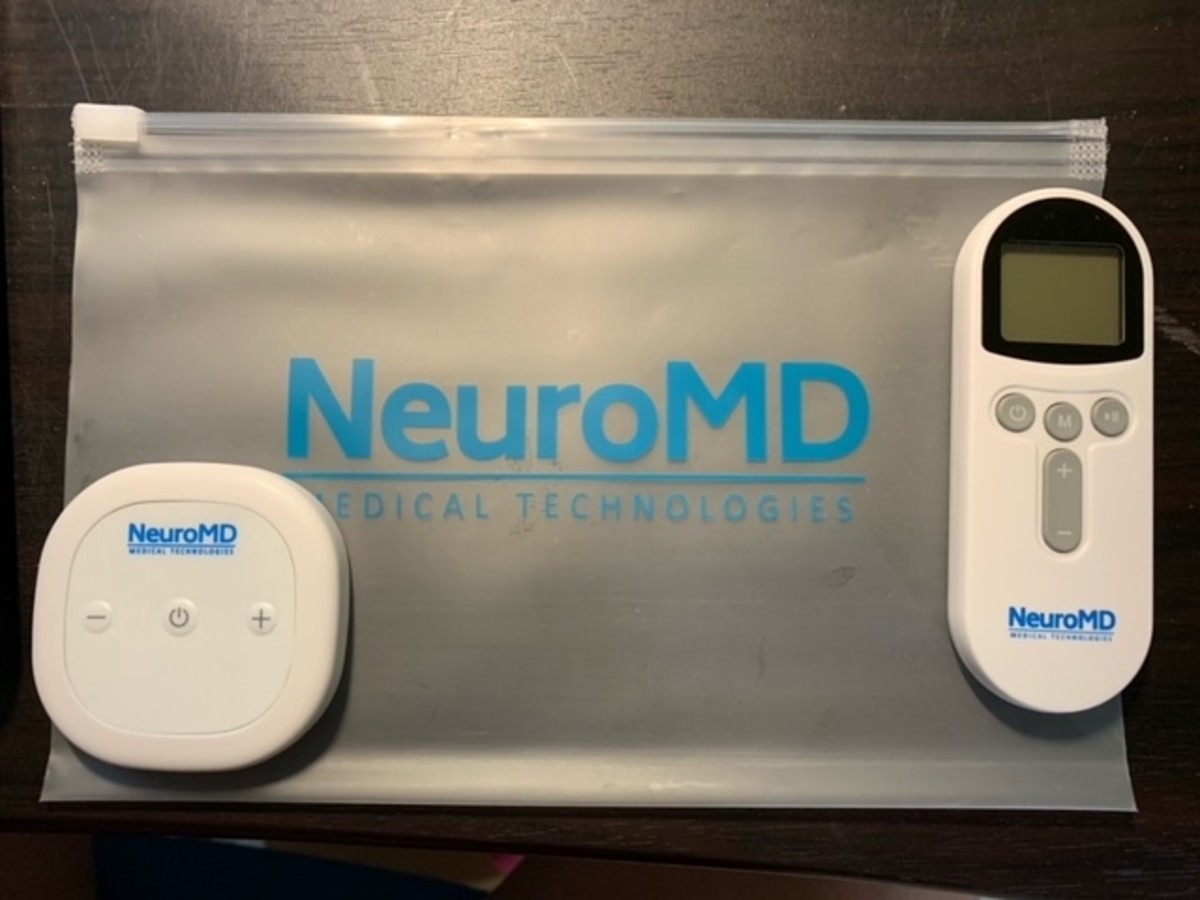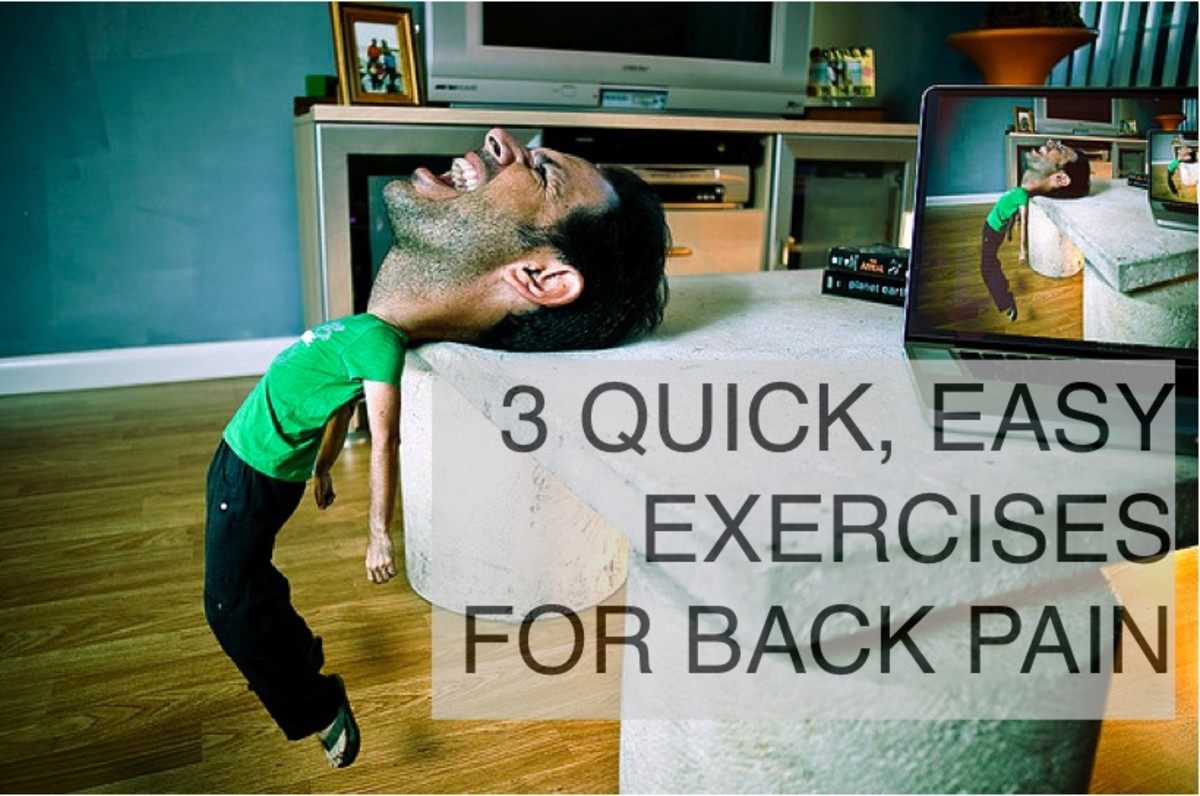- HubPages»
- Health»
- Diseases, Disorders & Conditions»
- Chronic Pain
Sciatica Back Pain – Symptoms, Causes and Treatments
Introduction
The sciatic nerve starts at the spine, goes down through the lower back and thighs all the way down to the feet.
If this nerve is pinched or irritated, you can experience numbness, tingling, burning sensations and pain anywhere from your back to your legs. Sciatic back pain can make it painful to get up or sit down or plague you as constant pain in your lower back, buttocks and legs.
What Causes Lower Back Sciatica?
Sciatica is caused by irritation of the lower portions of the spine to the point that it pinches or affects the nerves. This can be caused by a degenerating disc, pressure on the back by a growing fetus or slipped vertebrae.
Sciatica is not caused by a pulled back muscle or remaining in a sitting position too long. It is worsened by obesity and wearing high heels. If you do not get enough exercise, you are at greater risk of sciatica. Using a mattress that is too soft will worsen sciatica, but a soft mattress alone will not cause it. Your odds of sciatica increase with age. Sciatica can be triggered by spinal arthritis and back injuries. The natural narrowing of the spine with age is called spinal stenosis can also cause lower back sciatica.
What Are the Symptoms of Lower Back Sciatica?
Sciatica back pain is the symptom that drives most patients to the doctor. What starts as a weakness in one leg or burning sensation grows into a shooting pain upon standing or constant pain in one of the buttocks.
Sciatica generally only affects one leg or side of the lower back. If the symptoms progress from tingling to pain, you need to see your doctor. If symptoms that appear to be lower back sciatica like numbness are followed by a difficulty moving your legs, go to the hospital immediately, since this could be a sign of a stroke, severe nerve damage, a tumor or an infection.
Pregnancy and Sciatica
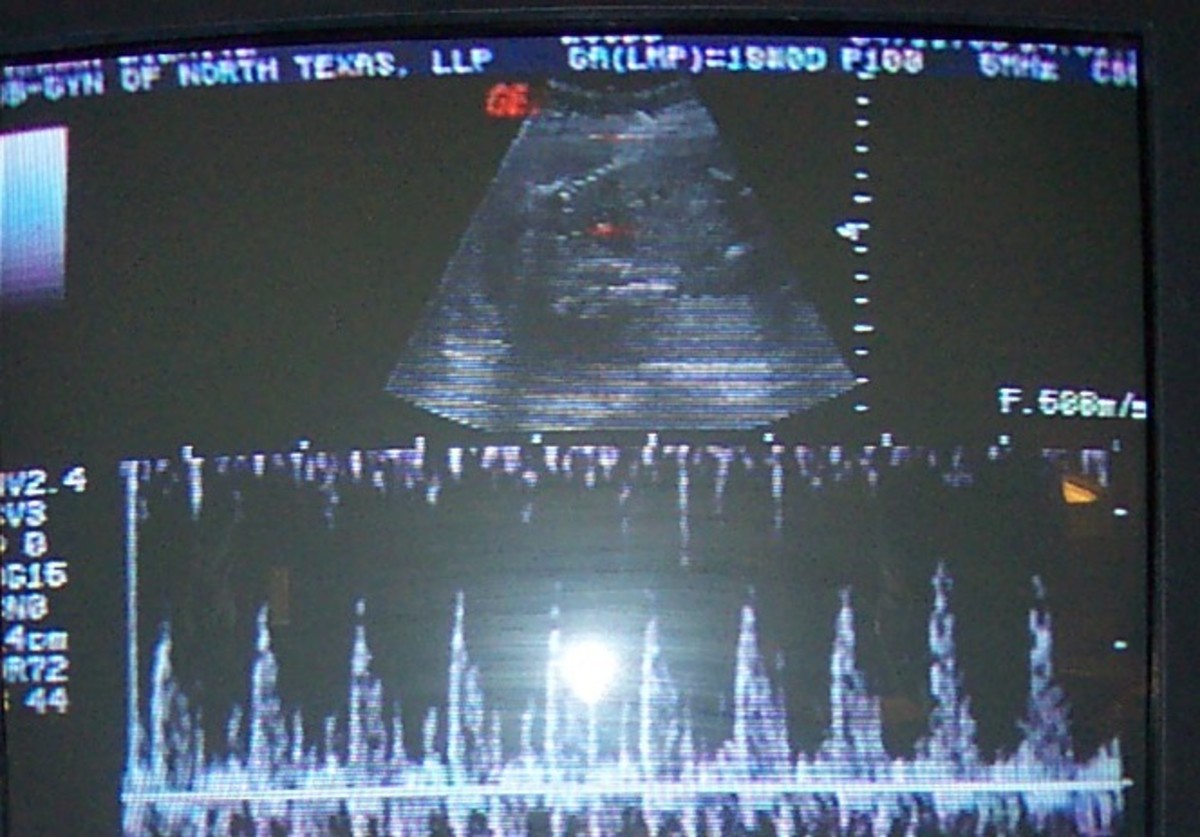
How is Sciatica Back Pain Treated?
Bed rest on a firm mattress may be prescribed for a day after a flare up. However, remaining motionless for long periods of time can worsen the condition long term. Exercise will help mitigate the long term symptoms more than bed rest.
Your doctor or physical therapist will prescribe specific exercises to build up your back muscles. These exercises can include hamstring stretches and strength training. Do not overdo exercises or perform them incorrectly, since this can trigger another bout of sciatica back pain.
Walking a mile or more a day will help control sciatica if you are wearing good athletic shoes; conversely, wearing high heels or ill fitting shoes worsen it no matter how much walking you do. Pool walking is an option for those with arthritis and limited mobility, since the water provides a degree of resistance while the buoyancy makes it easier to walk. Swimming is an excellent whole body exercise for those with sciatica.
Consult with your doctor before resuming an exercise routine after bed rest or any type of sciatica back pain treatment.
Surgery is rarely a treatment for sciatica back pain unless it is caused by disc degeneration or spinal deformities. In most cases, rest, an exercise routine, pain medication and injected steroids are enough. Chiropractic manipulation, massage and acupuncture are also options for treating sciatica. The stretches a doctor will recommend will depend on the root causes of the sciatica; different exercises are prescribed for a pinched disc than if someone has spinal stenosis.
In the case of sciatica during pregnancy, you should find relief after childbirth, though you should consult with your doctor about what pain medications are safe to take during pregnancy.

